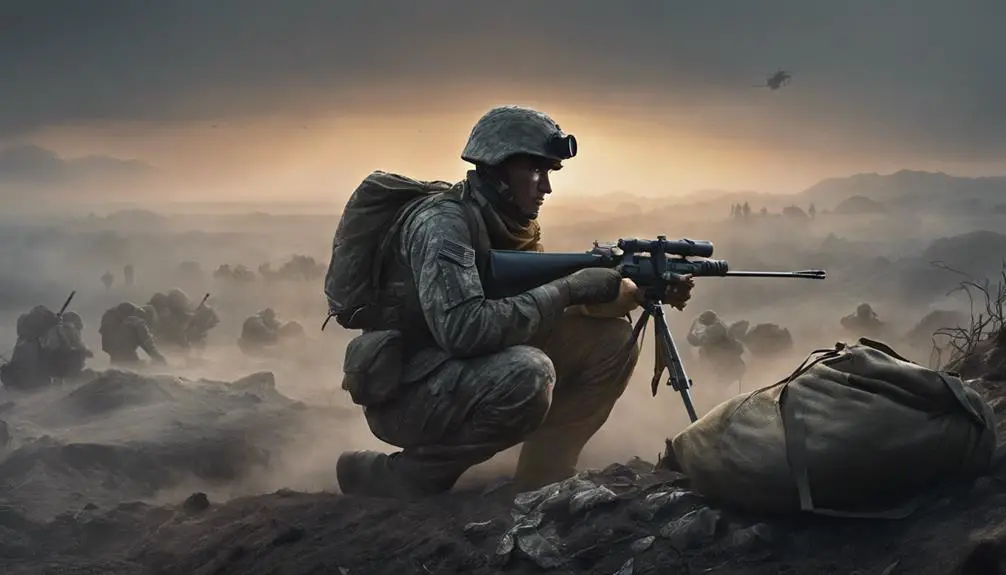When communicating your position in the field, you'll use a mix of grid coordinates, directional slang terms, and landmark references to convey your location. You'll describe your azimuth using cardinal directions and phrases like 'I'm 300 meters north.' To provide precise location information, you'll use elevation and altitude codes, along with distance and proximity lingo like '300 meters out.' Mastering these terms is essential for effective communication and navigation. As you learn more about military slang for position, you'll gain a deeper understanding of how to convey vital information efficiently and effectively, and access a new level of situational awareness.
Grid Coordinates Explained

When you're maneuvering around the battlefield, you'll often rely on grid coordinates to pinpoint your location and communicate it to others. Grid coordinates are essential for navigation, as they provide a standardized way to identify locations on a map. The most common grid notation system used in the military is the Military Grid Reference System (MGRS), which divides the Earth's surface into squares identified by a unique combination of letters and numbers.
To guarantee accurate communication, it's essential to understand how to read and convert grid coordinates. Coordinate conversion methods, such as the Universal Transverse Mercator (UTM) system, allow you to translate grid coordinates into latitude and longitude. This conversion is necessary for integrating with GPS devices and other navigation systems.
Understanding grid notation systems and coordinate conversion methods is crucial for effective communication on the battlefield. By mastering these skills, you'll be able to quickly and accurately convey your location to others, ensuring efficient and successful operations.
Directional Slang Terms
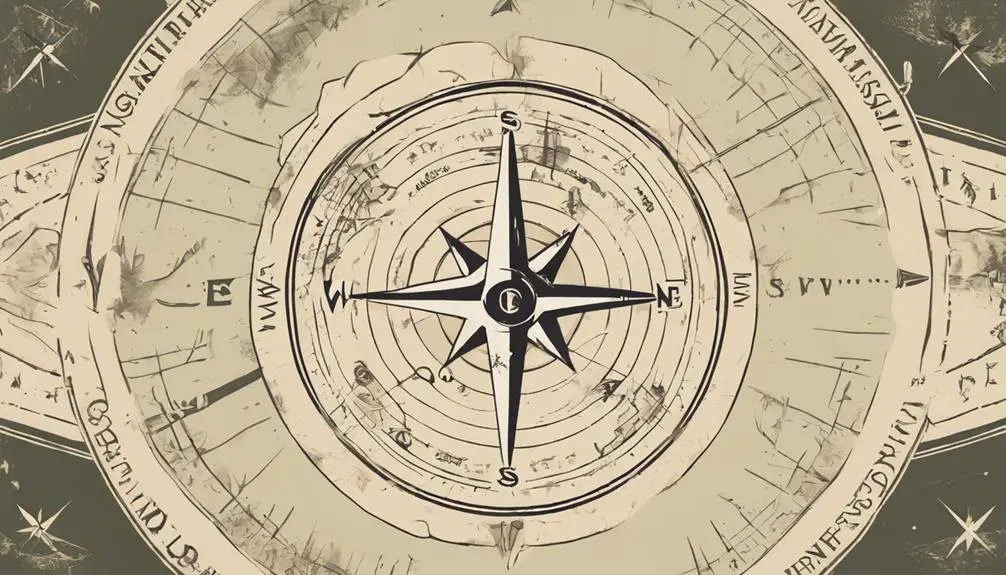
Now that you've mastered grid coordinates, you'll need to familiarize yourself with directional slang terms, which will help you quickly communicate your position and movement to others on the battlefield. Understanding these terms is important for effective communication and navigation.
Directional slang terms are used to describe azimuth descriptions, which are necessary for conveying your location and direction of movement. You'll often hear terms like 'northbound' or 'east-oriented,' which indicate the direction you're moving or facing. Cardinal directions like north, south, east, and west are used to provide a general direction of movement or location. For example, if you're moving northbound, you're heading towards the north.
When communicating your position, it's vital to use these directional slang terms accurately. Using phrases like 'I'm 300 meters north of the objective' or 'I'm moving east towards the enemy's position' helps your team understand your location and movement. Mastering directional slang terms will improve your communication skills and enhance your ability to work effectively with your team.
Landmark References Made Easy
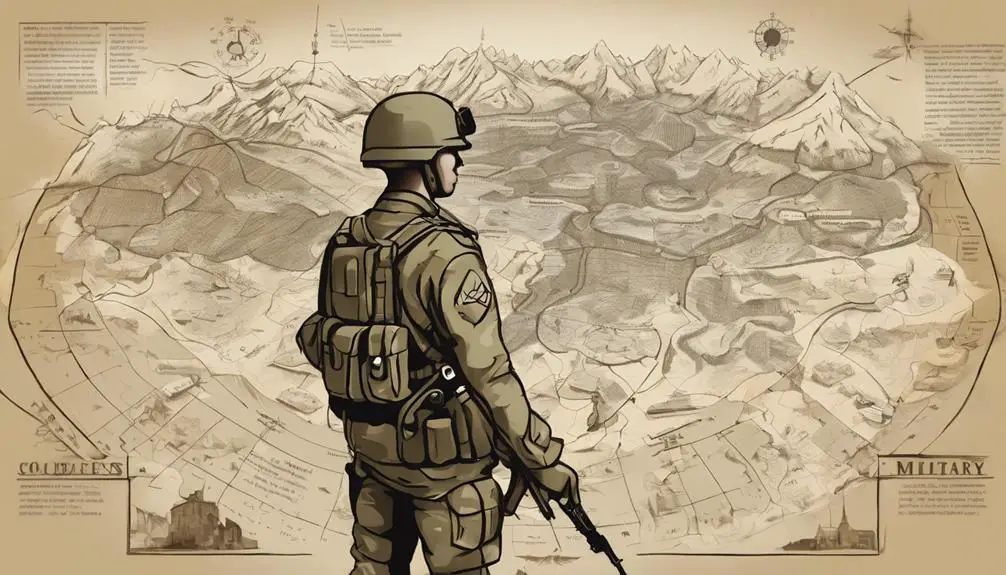
Your skill in recognizing and communicating identifiable landmarks is crucial for providing precise position reports and maneuvering the battlefield efficiently. When operating in unfamiliar terrain, knowing how to utilize landmark navigation can make the difference between success and failure. Landmarks serve as visual references, providing critical information about your location and the location of friendly and enemy forces.
To effectively utilize landmarks, you must be able to identify and describe them accurately. This includes noting distinctive features, such as buildings, roads, and natural formations. By doing so, you can create a mental map of the battlefield, allowing you to navigate more effectively and provide precise position reports.
When communicating landmark references, be concise and clear. Use simple language and avoid ambiguity. For example, instead of saying 'the big building,' say 'the three-story building with a red roof.' By following these guidelines, you can make sure that your landmark references are accurate and easily understood, enabling you to operate effectively on the battlefield.
Elevation and Altitude Codes
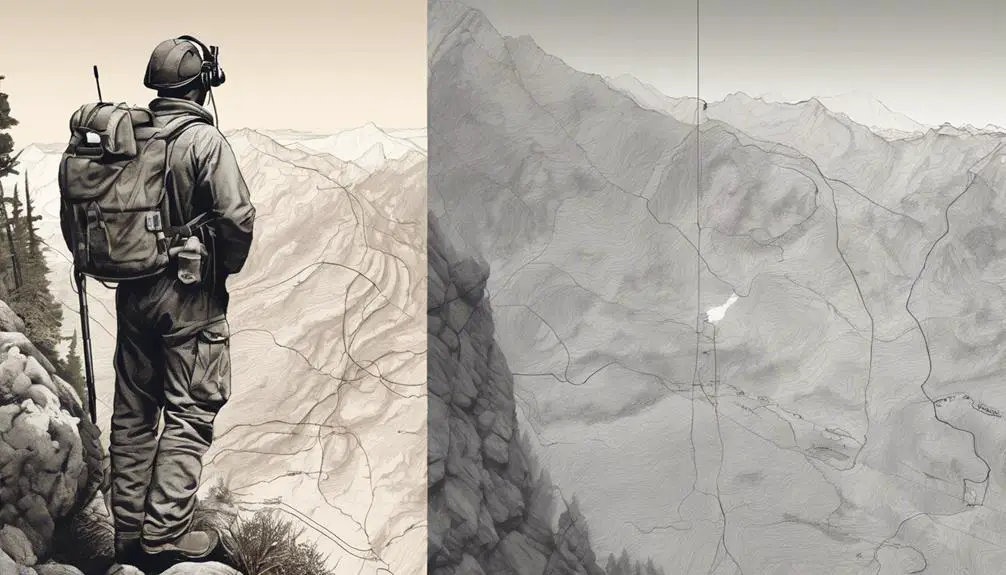
You'll use elevation and altitude codes to provide precise location information, ensuring that you can accurately report your position and receive timely support on the battlefield. These codes are essential in conveying your location to command centers, artillery units, and other troops, enabling them to respond effectively.
When reporting your elevation, you'll use a three-digit code, with the first digit indicating the hundreds of meters, the second digit indicating the tens of meters, and the third digit indicating the single meters. For example, an elevation code of 427 would indicate an elevation of 427 meters above sea level.
In addition to elevation codes, you'll also use azimuth codes to provide directional information. These codes are based on a 360-degree circle, with 0° indicating north, 90° indicating east, 180° indicating south, and 270° indicating west. Moreover, you'll use terrain features such as hills, valleys, and ridges to provide a more accurate description of your location. By combining elevation and altitude codes with terrain features, you'll be able to provide a thorough and accurate description of your position.
Distance and Proximity Lingo
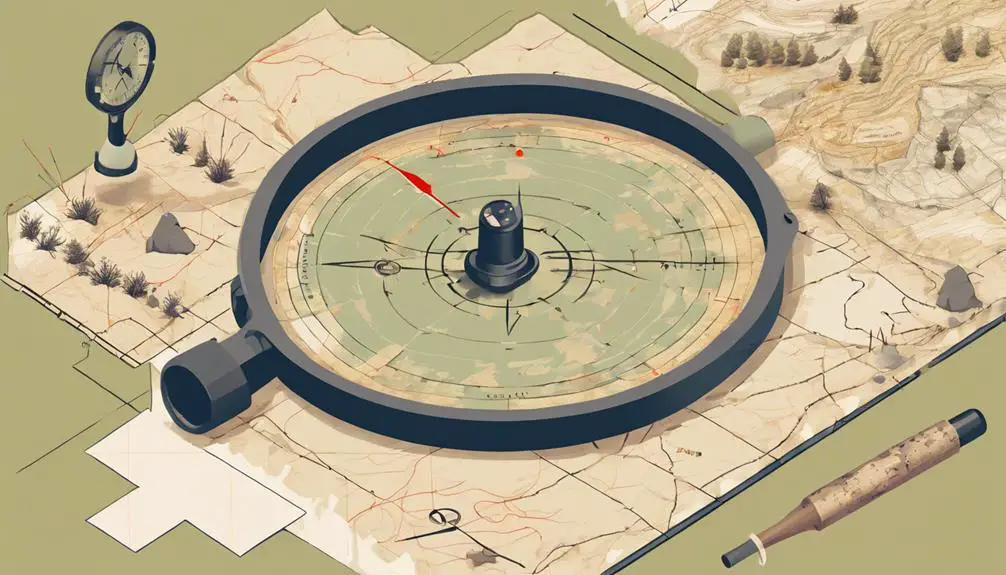
In military operations, understanding distance and proximity lingo is essential for effective communication, as it enables troops to quickly convey their location and receive timely support. You'll often hear phrases like '300 meters out' or '100 yards in,' which convey distance and proximity to a specific location. When visualizing terrain, it's vital to measure distances accurately to guarantee precise communication.
You'll use terms like 'klicks' to describe kilometers or 'mikes' for minutes to estimate travel time. For example, 'We're 5 klicks from the objective' or 'It'll take us 10 mikes to reach the extraction point.' Understanding these phrases allows you to quickly gauge distances and allocate resources accordingly. When calling in artillery or close air support, accurate distance estimation is critical to avoid friendly fire or collateral damage. By mastering distance and proximity lingo, you'll enhance your ability to communicate effectively and make informed decisions on the battlefield.
Movement and Formation Calls
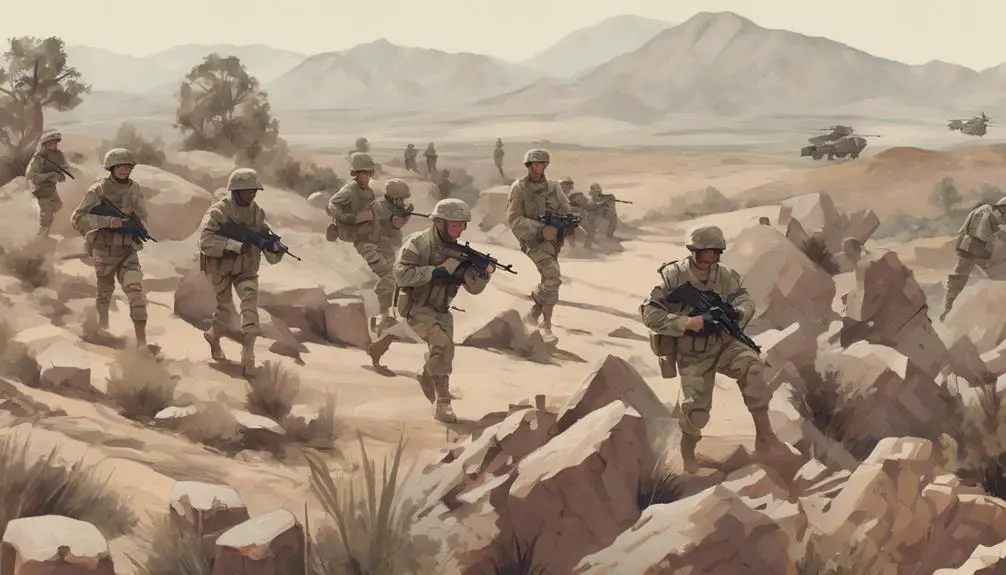
When maneuvering through the battlefield, precise communication of movement and formation is vital to guarantee tactical cohesion and adaptability, as it allows teams to swiftly respond to changing circumstances. You must be able to clearly convey your unit's movement and formation to ensure a cohesive response.
To achieve this, military personnel use specific terminology and signals to convey their unit designations and movements. For instance, you might use tactical signals like 'Move out!' or 'Fall back!' to instruct your team to advance or retreat. You'll also use unit designations like 'Bravo Team' or 'Alpha Squad' to identify your team and coordinate with other units. Additionally, you'll employ formation calls like 'Wedge formation!' or 'Column formation!' to direct your team into a specific arrangement. By using these standardized terms and signals, you can guarantee that your team moves efficiently and effectively, maximizing your unit's combat potential.
Situational Awareness Phrases
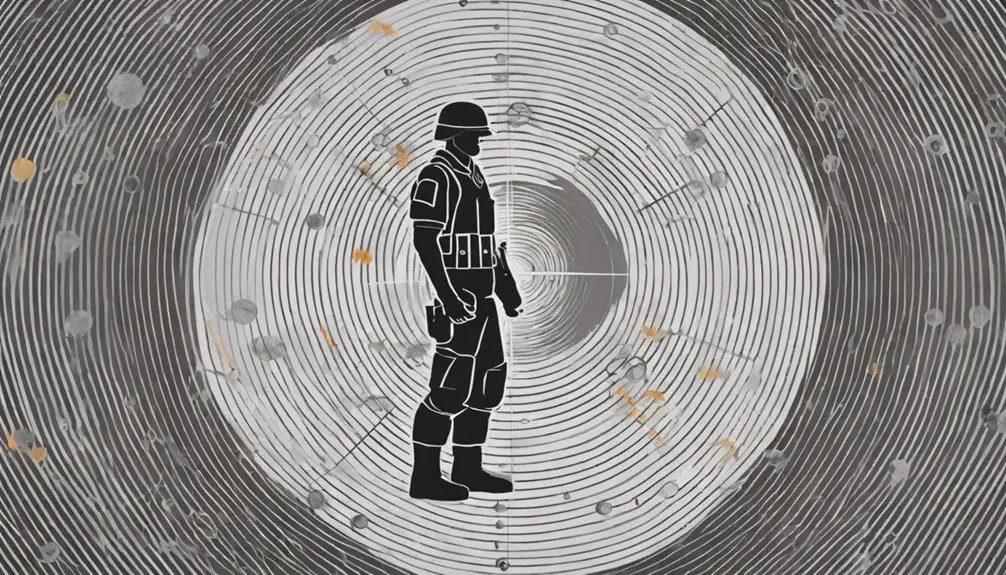
During intense combat situations, situational awareness phrases allow you to swiftly convey critical information about your surroundings, guaranteeing your team stays alert and responsive to emerging threats. These phrases are crucial in maintaining a high level of situational awareness, enabling you to quickly communicate combat zone updates and threat assessments to your team.
When calling out enemy positions, you'll use phrases like 'Enemy right, 200 meters' or 'Enemy left, 300 meters.' This concise communication empowers your team to adjust their positioning and respond accordingly. You'll also utilize situational awareness phrases to report on your own position, such as 'I'm at the northwest corner of the building' or 'I'm moving to the rooftop.'
In addition to conveying positional information, situational awareness phrases can be used to report on enemy movements, such as 'Enemy moving east' or 'Enemy flank, 100 meters.' By utilizing these phrases, you'll make sure that your team is constantly aware of the changing combat environment, empowering you to make quick decisions and respond effectively to emerging threats.
Frequently Asked Questions
What's the Difference Between a "Click" and a "Klick" in Military Slang?
You might be surprised to know that the average person walks about 70,000 steps per year, equivalent to circling the Earth almost twice. Now, when it comes to measuring distances, you're probably curious about the difference between a 'click' and a 'klick' in military slang. In essence, a 'click' is a casual term for a kilometer, whereas a 'klick' is a more precise measurement, often used on maps to represent 1,000 meters.
Can Civilians Use Military Slang in Everyday Conversations?
You're wondering if civilians can use military slang in everyday conversations. The answer is, yes, you can! Civilians embracing military lingo is becoming increasingly common. You might find yourself using terms like "Roger that" or "OSINT" in casual conversations. While it may raise some eyebrows, using military slang can add a touch of personality to your language. Just be mindful of your audience and context to avoid confusion.
Are There Different Military Slang Terms for Different Branches of Service?
You'll find that different branches of service have their own distinct slang terms. Branch-specific lingo and service-specific colloquialisms are common, reflecting each branch's unique culture and history. For instance, the Navy has "deck ape" for a sailor who works on deck, while the Army has "grunt" for an infantry soldier. These terms often originate from specific experiences, equipment, or traditions within each branch, making them unique to that service.
How Do Military Personnel Learn and Remember All These Slang Terms?
You're probably wondering how military personnel learn and remember all these slang terms. Let's take the example of a new recruit, Alex, who joins a squad of seasoned veterans. Through military cultural immersion, Alex is surrounded by slang-heavy conversations, gradually absorbing the lingo through osmosis. As they interact with their squad, they pick up phrases like "HOOAH" (expressing enthusiasm) and "FOB" (forward operating base). Slang osmosis through squad interactions helps Alex learn and remember these terms, becoming a natural part of their military vocabulary.
Are Military Slang Terms Used in Formal Military Communications?
When communicating formally, you'll rarely hear military slang terms used in official reports or briefings. In fact, formal tone guidelines dictate that language be professional and clear. Even in radio transmissions, where brevity is key, you'll typically hear standardized phraseology rather than slang. This guarantees that critical information is conveyed accurately and efficiently, without room for misinterpretation.

